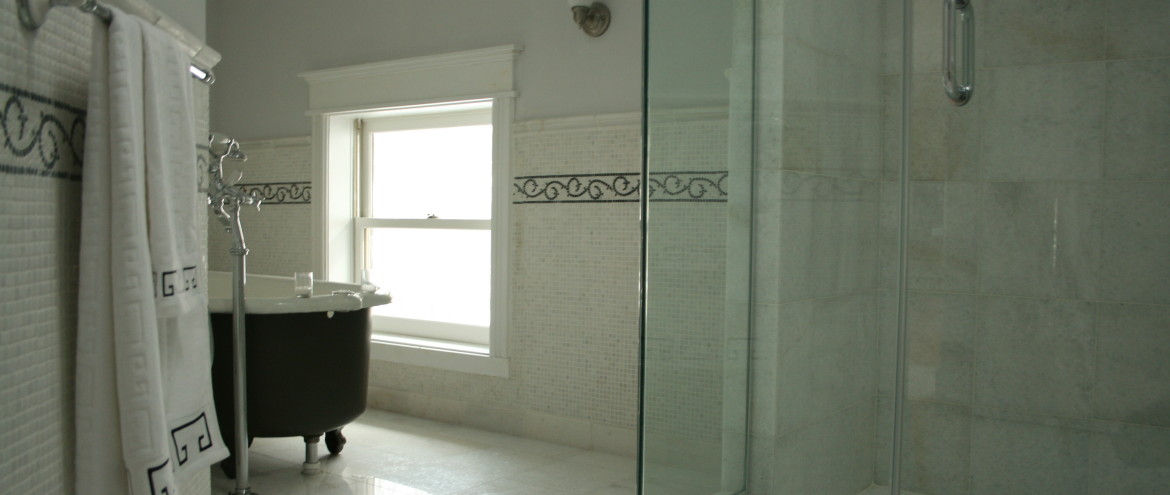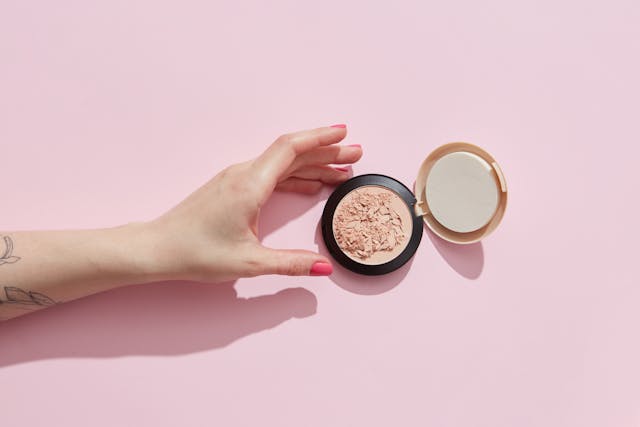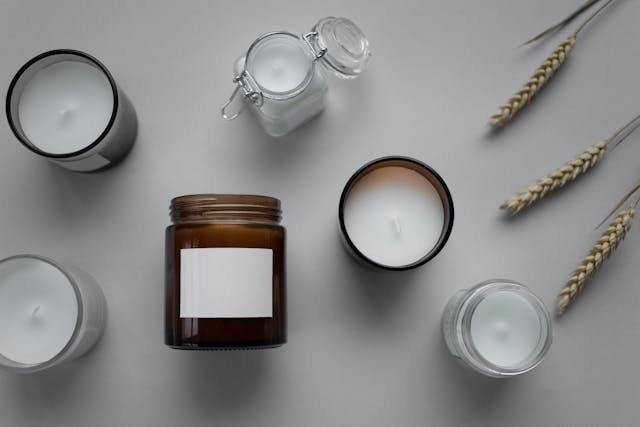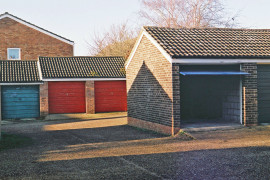Installing a shower is a great investment for anyone – showers offer many benefits, more than traditional baths do. There are, however, several issues to consider before installing a shower cabin or enclosure, and this may lead to many questions. Following is a quick rundown of the most common questions and answers about shower cabins:
- Where should I install the shower enclosure?
Where to install the shower enclosure or cabin will depend on two main factors – allowed space and existing plumbing. The first is actually the most important issue; the available space can’t easily be changed. A normal shower enclosure will measure about 900 millimetres, although there are smaller and larger versions available. Furthermore, you need to consider that a sliding door will require less space than installing a shower enclosure with a hinged door. When the shower enclosure can be installed in several places, consider the location of bathroom features such as windows, electrical sockets, and plumbing.
- What shower tray is best for me?
Shower trays come in various materials; most of them manufactured out of either ceramic, ABS stone resin, or reinforced acrylic. Ceramic trays offer high quality, but are heavy and harder to install. ABS stone resin is warm to the touch and cost-effective, while reinforced acrylic is more economical and lightweight.
- What kind of doors and enclosures can I choose from?
Doors and enclosures can be classified into three categories: frameless, semi-frameless, and framed. Frameless doors and enclosures contain no metal framework around the glass; however, they are often made of thicker glass and may be supported by metal bars as well. Semi-frameless enclosures usually have thin metal frameworks around the walls but not on the doors. Framed doors and enclosures have a metal framework and thinner glass.
- What is a low-level shower enclosure?
The shower trays usually have a height of around 40mm to 50mm, but when a riser kit is used, the height can quickly increase to about 100 millimetres. Some people prefer the low-level showers, where the height of the shower tray is only about 25 millimetres, and this gives the shower tray a sleeker and smoother look. It also decreases the chance of tripping and makes getting in and out of the shower a little easier.
- Are there different kinds of glass for the door and enclosure?
Definitely, there are various options when choosing glass for the door and enclosure. Aside from the standard glass, the most common choices are ‘easy-clean glass’, which has a thin, invisible coating that repels water; and ‘toughened safety glass’, which is tempered glass that has a higher tensile strength.
Showers are an investment and it always pays to think about your options before buying one. But considering the above questions and answering them for yourself will set you on your way to selecting the right shower cabin or enclosure for your needs.










Comments are closed.